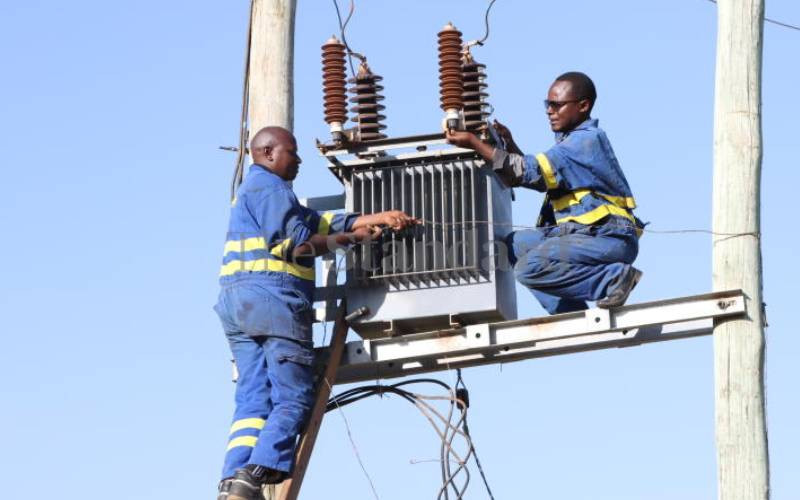×
The Standard e-Paper
Smart Minds Choose Us

Kenya Power will this year continue to feel the impact of the electricity tariff reduction that brought down the cost of electricity by 15 per cent last year.
The tariff was supposed to be in place between January and December 2022, but the utility firm says it is still in place as it awaits the completion of the tariff review, which is ongoing.